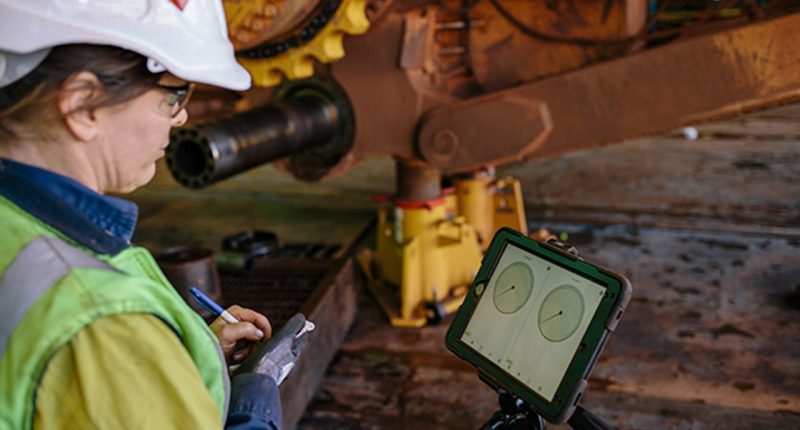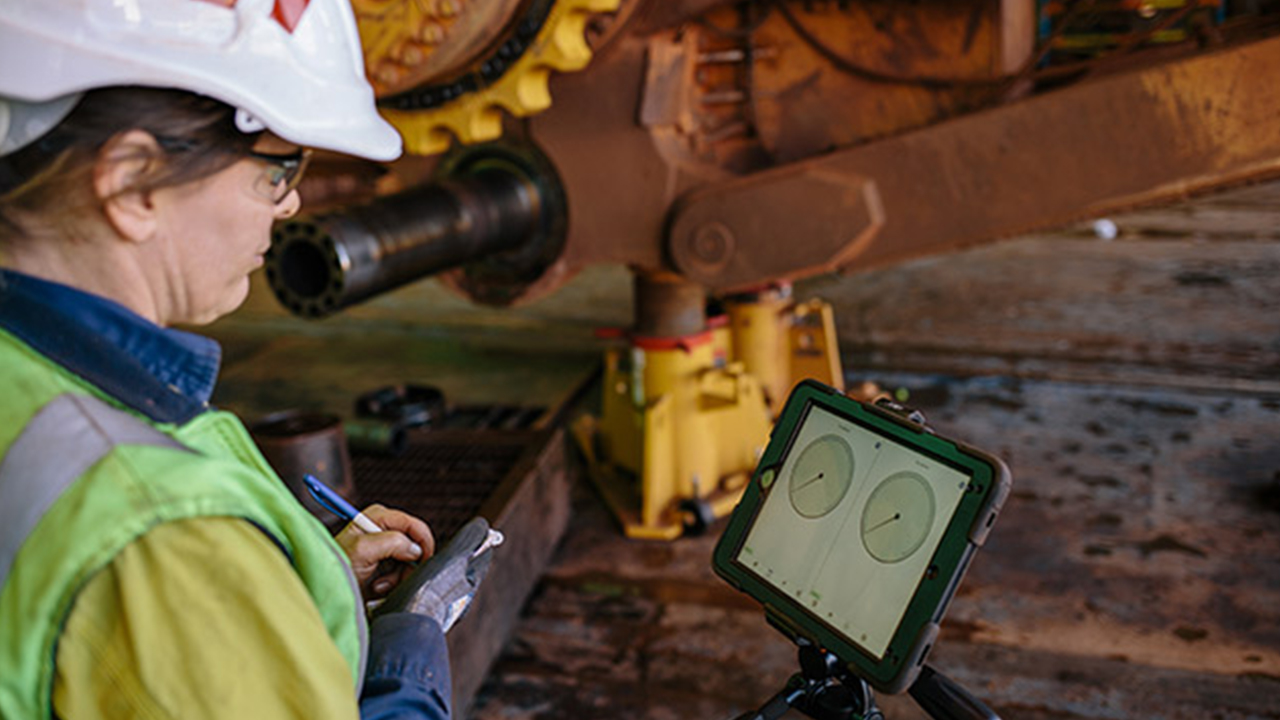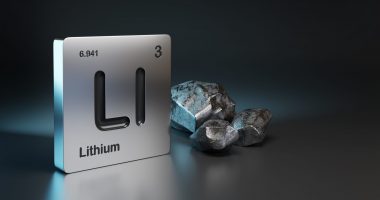Rio Tinto (RIO) made history in 2017 with the first successful 100-kilometre journey of an autonomous train.
This, however, was simply an early step in the mining giant’s goal of creating an artificial intelligence (AI)-driven mine site.
Since that train’s first journey, Rio has tested the auto rail network — known as AutoHaul — for over three million kilometres of travel, working out all the kinks to make sure its ready for large-scale production.
Rio’s Managing Director for Port, Rail and Core Services, Ivan Vella, shared details of the ambitious project yesterday morning at Perth’s Resources Technology Showcase 2019.
“It’s not just a big deal for our resources industry. It’s actually a big deal for the entire global mining industry.”
Ivan touted the tech at the Resources Technology Showcase 2019
A thinking train, but not Thomas
Giant robots used to be associated with Transformers and the Power Rangers, but now is quite realistically the best way to describe the AutoHaul freight system.
Trains from the AutoHaul project can essentially make their own real-time, split-second decisions based on both internal and external influences.
Though the locomotive’s journey is pre-determined and closely monitored from a remote location, the train’s network is programmed to make sure it avoids run-ins with other trains and obstacles.
The train can also stop itself if a wheel breaks or has a fault, or one of its couplers is broken.
This makes the hauling of ore and other mined materials far more efficient as the driverless train eliminates the need for stop-overs and a crew onboard to make sure things run along smoothly.
As such, the overall mining operation can be sped up dramatically.
Auto-mine assemble
Essentially, Rio’s vision is to have all aspects of the mining process connected and “thinking” for themselves.
From exploration to production to processing, the decision-making will be done mostly by machines with data-driven precision.
The big-cap miner has already created and implemented autonomous drills and trucks and touts the potential for interconnected intelligent capabilities from “pit-to-port”.
The idea is by making things autonomous, each step of the mining process will be more efficient, meaning there is increased potential for production and the sheer volume of ore processed over the year.
Ivan said the intelligent mine project is expected to be finished in 2021.
The dream of an AI-assisted workplace is not just inevitable, but also right around the corner. Of course, this has brought with it some concerns about what it means for the everyday Aussie and how reliable this tech can really be.
These concerns, however, are not new. As such, they were addressed in-depth at the Showcase in Perth City this week.
It is important to note that just because a mine can be made autonomous does not mean it is unmonitored. Careful supervision and regular maintenance are required to ensure things track along smoothly.
Unavoidable safety
Interestingly, worker safety is likely to be improved by a rise in automated tech, simply because fewer workers are required on-site in a particularly dangerous area.
This is an idea supported by Fortescue Metals Group (FMG) Chief Operating Officer Greg Lilleyman.
FMG was the first company on the planet to introduce remote-controlled and autonomous transport systems for mining.
At the resources tech conference this week, Greg said safety at the company’s operations has improved “infinitely”. While this sounds dramatic, he explained that since introducing autonomous tech, not one injury had occurred in the respective operations.
“It goes without saying if there isn’t anyone involved with the activity, no one can get hurt.”
FMG COO Greg Lilley said.
A secure shift
The other concern is for the job security of hard-working Aussies who make their livings on mine sites: if robots can do the work for free, how long will they have a job for?
A panel session addressed this issue on Wednesday morning, explaining how new jobs have already come about in bulk as tech is evolving.
From the various roles needed to create the tech, install it, implement it, monitor it, and keep it running, thousands of opportunities for new employment open up with the introduction of autonomous tech.
On top of this, the technology is created by humans, meaning we will always be one step ahead of whatever the machine can do — so there will always be a need for organic beings onsite.
Realistically, the evolution of tech will undoubtedly bring about a need for the Australian workforce to adapt. However, rather than a loss of jobs, we are likely in for a dramatic skill shift in the mining industry.
This means so long as the industry is ready to adapt to new innovations, as we have done in the past, jobs are not on the line.







